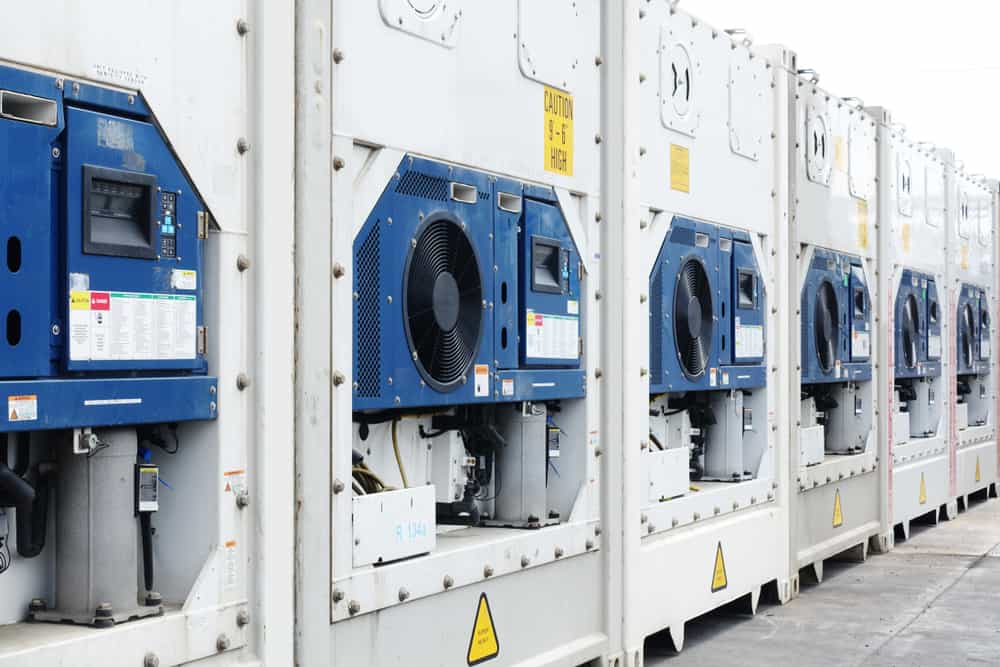Consumer’s demand for year-round availability to fresh agricultural products and the demand for pharmaceutical, chemical products has led to major changes in international transportation over past 100 years.
The seaborne transportation industry has been developing innovative technologies called as “Cold Chain Logistics” from reefer ships to special containers to maintain quality and freshness of products. This change started with the launch of the first reefer ship “Frigorifique” in 1874 and continues toward tomorrow.
What is a Reefer Container?
The Refrigerated Freight Container, commonly known as Reefer Container, is special shipping equipment which can keep the cargo temperature at a desired set point temperature.
Reefer containers have an integrated refrigerator engine and well-insulated walls – a major difference from regular dry containers. Common usages of reefer containers are the transportation of commodities which have lower shelf-life, maritime commodities, and special flammable chemicals.
The logistics industry has noticed the necessity of this equipment with the experiences of cargo losses and accidents. For example, in the case of the equatorial passing route, the inside temperature of a container is approaching 80 degrees Celsius during transportation, and the cargo ship could potentially burn due to the explosion set off by internal ignition. This happened in 1986 with Hyundai Merchant Marine and in 2011 with a Maersk ship.
How do Reefer Containers work?
The integrated cooling unit cools the air circulated by two fans. Cold air circulates, cooling air through the contents of the container from the profile of the container bottom into the rest of the container, while warmer air is fed back to the upper cooling unit. The temperature of the warmer air fed to the reefer unit is monitored so that the refrigeration unit can keep the cargo temperature at the desired set temperature. The containers are conditioned to allow ambient temperature to affect cargo and are noticeably painted white to allow solar radiation to evaporate.
An innovative solution: CA Reefer Containers
CA containers are basically reefer containers which are designated with “Controlled Atmosphere” technology.
All perishable and flammable commodities have their own special requirements to keep their quality, freshness, and safety. Agricultural products, in particular, in a cold chain environment can continue to be inhaled during transportation and storage activities with natural atmospheric gases. The cold chain environment can extend the shelf life of these products. The refrigerated cold chain environment can slow the deterioration in quality of agricultural products. However, yeast, mold and aerobic bacteria can grow in the cold chain environment.
The latest solution in maritime transportation for these special cargos is the Controlled Atmosphere Reefer Containers. These new generation containers can keep the metabolic activity of cargo constant with a technology that significantly changes an atmosphere based on CO2 and O2 concentrations.
Some of the major ocean carriers have already started to establish their CA Reefer services such as Maersk with Star Cool CA, ZIMonitor, and APL-SmartCare+, and Hapag Lloyd with its ExtraFresh and EverFresh systems.
Shipping industry continues to develop new technologies to overcome rapid globalization and these technologies are becoming major competitors of air transportation.




